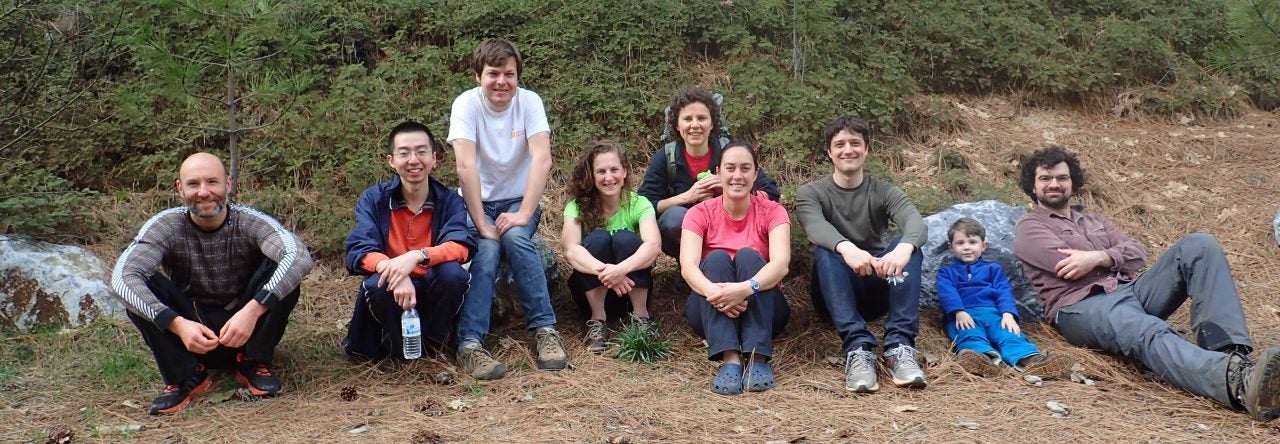It always bugged me that so little was known about the evolutionary and ecological context of the C. elegans model system. Why haven’t these worms become a model of speciation or ecological adaptation? Compared to Drosophila, evolutionary biologists were slow to take them up. The situation has been getting much better recently, with some really good evo-devo and evolutionary genetics studies coming out in the last few year. Now, this paper should really expand the scope and power of comparative studies:
A phylogeny and molecular barcodes for Caenorhabditis, with numerous new species from rotting fruits
It describes a field survey of Caenorhabditis population and characterization of lots of new species – their phylogeny, reproductive isolation, phenotypic differences, etc. This should be really exciting for worm people and even, vicariously, for me.
